Cars are the most valuable assets in most of our lives. The maintenance and security of our cars are therefore of utmost importance. Motion alarms can help to prevent robbery. In this article, we will provide an in-depth tutorial on installing a motion sensor car alarm so that your car and your savings get the extra security they need.
How To Install A Motion Sensor Car Alarm?
Quick Navigation
Here we have compiled detailed steps to help you install a motion sensor car alarm for your car. Just follow it. But before that, please assemble these tools:
Total Time: 35 minutes
Step 1: Motion Or Proximity Sensors
Motion or proximity sensors come with wires or pin harnesses. They are usually 4 in number, four wires, or 4-pin harnesses. There is one that is green in color. This green-colored one is used for mediating warning signals. Hence we can forget about this wire in case of OEM car alarms.
Step 2: Purchase Car Alarm

After purchasing the car alarm, you will see there are colored labels. Instructions are there for each label. Each colored wire has its particular use. These wires can be hooked up through a pod. After hooking them up, they will be ready to be integrated into your OEM car alarm system.
Step 3: Connections
The connection can be made by following the wire colors easily. After connecting it up, you can test it by simply putting your hand over the sensor. The sensor’s sensitivity can also be adjusted, depending upon your preference.
Step 4: Fit The Sensor
Now the next step is to decide which door to fit the sensor on. You can even choose the hood or trunk.
Step 5: Check Colour
You have to do this to check the color of the wire.
Step 6: Identify Colour
Now that you have identified the color, trace it to the front. It would help if you were prepared with the necessary tools. These tools will help you to open panels for the process of installation.
Step 7: Use Tools
Now, open up the panel and locate the ignition wires using the tools. Once you have identified the wires, start preparing the probe. This will help you to test your motion sensor.
Step 8: Voltage Testing
This is simply a voltage testing activity. Place one side of your probe at the ground level and check the live voltage at 12 volts.
Step 9: Use A Car key
Using the car key, ignite the car and test if the alarm fires up.
Step 10: Voltage
The main reason to do this is to check if the voltage is showing 12 volts on key on and 0 volts on key off.
Step 11: Set Red Probe
Set the red probe on a constant live voltage of 12 volts
Step 12: Test
Simulating a closed door will enable you to check for the 0 voltage on a closed door. This whole testing process can be done similarly for alarms on trunks and hoods.
Step 13: Attach Wires
Now all the testing of the sensors is being done, attach the wire with the three coloured wires correspondingly. The three wires are hooked up to attach with the last wire going to your car.
Step 14: Complete Installation
The installation process is incomplete without the testing of the alarm. Close the door and try to simulate the action of someone trying to reach out to something. The alarm should go off, signifying that the installation was done correctly. If the alarm does not go off by any chance, open up the panels and reattach the wires firmly.
Supply:
- NA
Tools:
- Car Alarm
- Car Tool Kit
- Wiring Tape
- Wire Cutter
Materials: NA
Installing A Motion Sensor Car Alarm That Uses Plugins
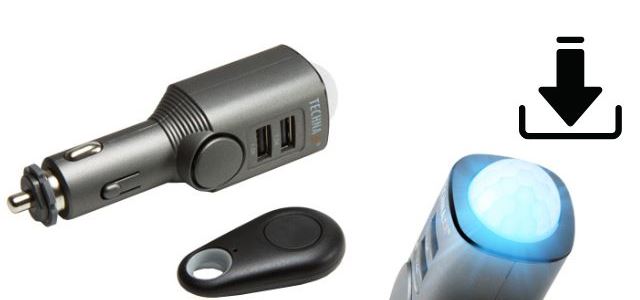
A wide range of motion sensors is available on the market. So it is always better to know in advance about all the different kinds and choose the option that fits your needs. Motion sensor car alarms also come in the form of plugins for your car. These motion sensors are generally equipped with PIR (Passive Infrared) motion sensor. The following part can help you in the installation process of such plugins.
1. Locate Your Car Socket
Your car has a built-in battery. The car uses power from this built-in battery when it is switched off. The car socket is also known as the cigarette lighter, provides energy to the plugin. Thus the security of the motion sensor is maintained by this backup.
2. Attach The Plugin To Your Car Socket
After locating the socket, attach the plug-in to the socket.
3. Pair The Plugin With Its Remote
Most plug-ins come with a remote controller. Make sure you connect it to the remote.
4. Charge Your Motion Detector Plugin
Although the car’s built-in battery can fire it up, most plug-ins need to be charged. The charging can be done during driving hours. The backup battery is not connected during these hours. So charging is necessary when the car is in driving mode.
5. Test The Motion Detector Plugin.
Testing the motion sensor can be done similarly to the other motion sensors. Make sure not accidentally to fire it up while charging. Make sure you choose the best portable motion sensor for your car
Types Of Alarm Sensors
a. Voltage Sensor: It is the most basic and common sensor in most cars. The working mechanism is simple. Your car’s electrical system is being monitored at all times. The sensor arms the alarm when the voltage experiences a sudden drop. Motions like opening the car door, switching on the inside lights, etc., make this kind of drop. In addition, attempts to start the car or open a window can do the same.
b. Shock Sensor: Another common form of the sensor is the vibration or shock sensor. Just as the name suggests, this kind senses any vibration caused on the car’s surface. They are further subdivided based on the intensity of vibration they can sense. A single-stage shock sensor can only sense forceful vibrations, like the act of forcing open a door or a window. A dual-stage shock sensor, on the other hand, can detect lighter impacts. This, however, sets off the alarm at a lower volume until setting it at full as the vibration becomes stronger. Hence these are quite handy as the intensity of vibration can be adjusted.
c. Hood or Door Sensor: This is a simple switch that can be placed on the car hood, door, or trunk. This alarm goes off only when the specific part it is installed to, is opened.
How Much Does It Cost?
An average motion sensor can cost around 80 to 100 dollars. Alarms more advanced than this can be of a higher cost of about 100 to 200 dollars. Along with the motion sensor you can have a good GPS tracker for your car under your budget.
Final Talk
Knowing about the installation process of car alarms can be extremely helpful. Car motion sensors are a near necessity for all car owners. However, basic knowledge and understanding of its working are necessary. Most cars already come with an OEM, so installation is quite easy. Doing things yourself is always related to gaining more satisfaction. So don’t get nervous; follow the steps thoroughly and go ahead! Make a note to use the green wire!

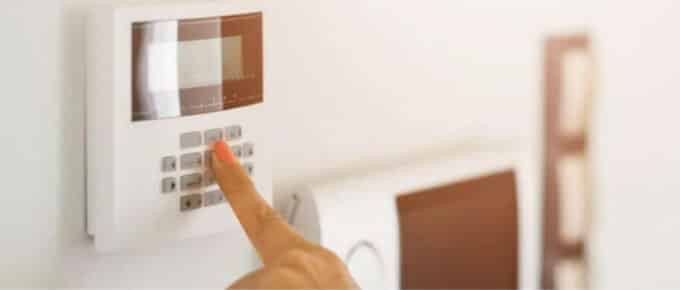
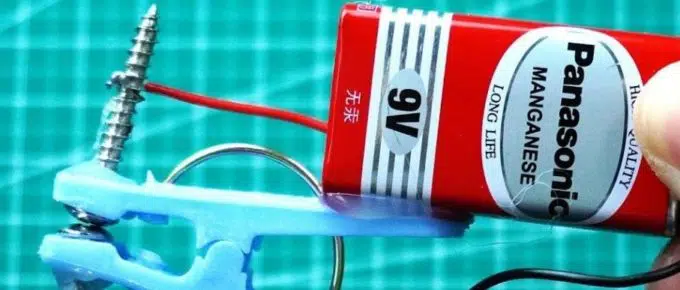
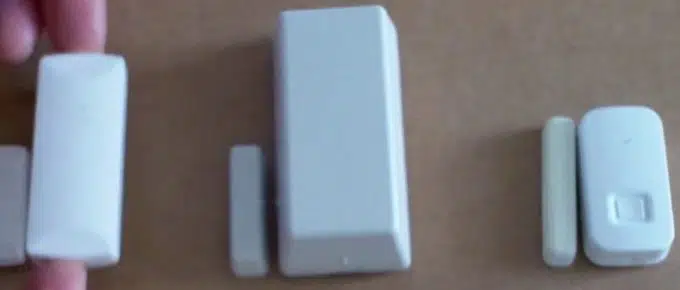
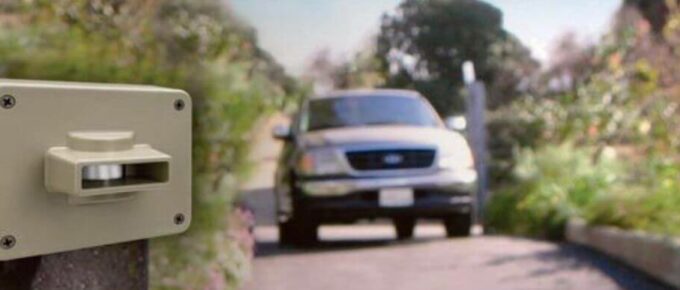

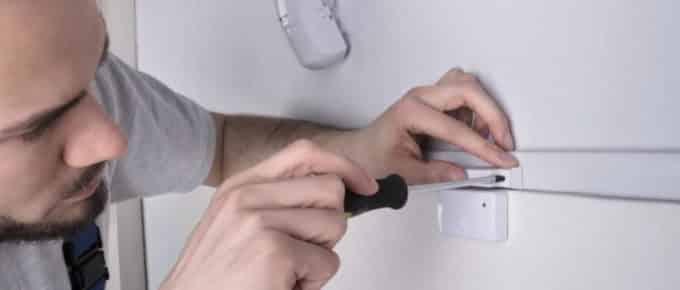
Leave a Reply